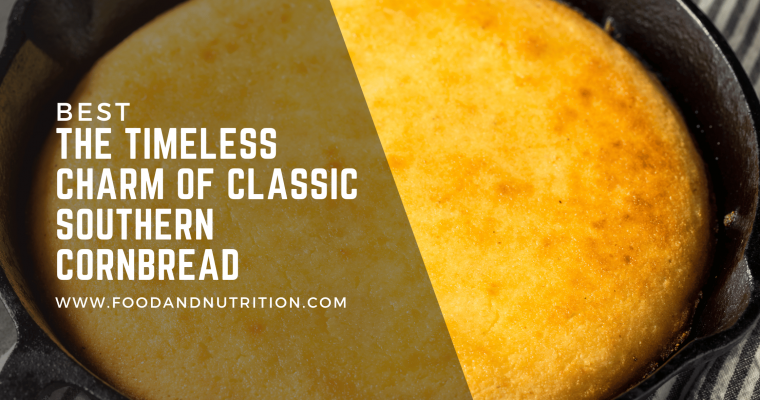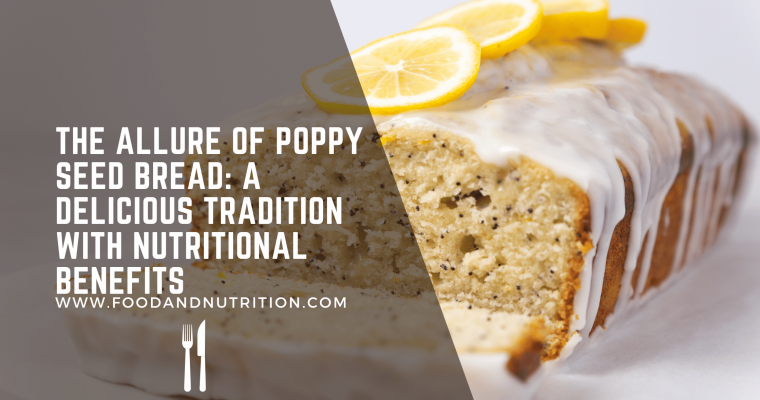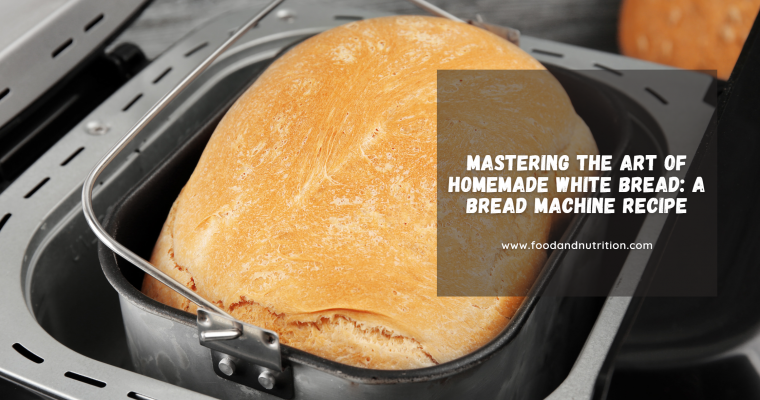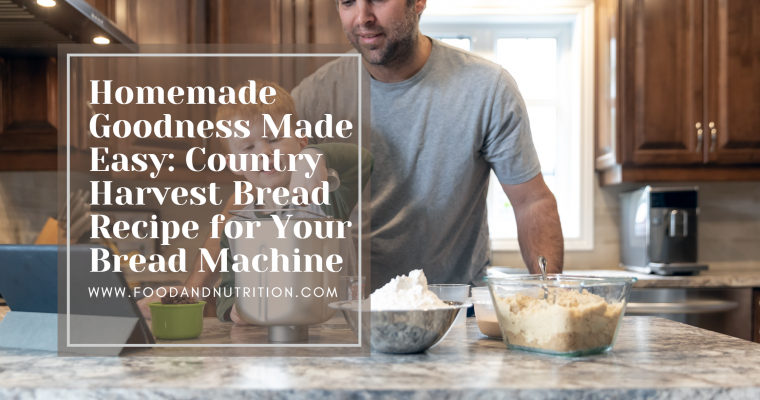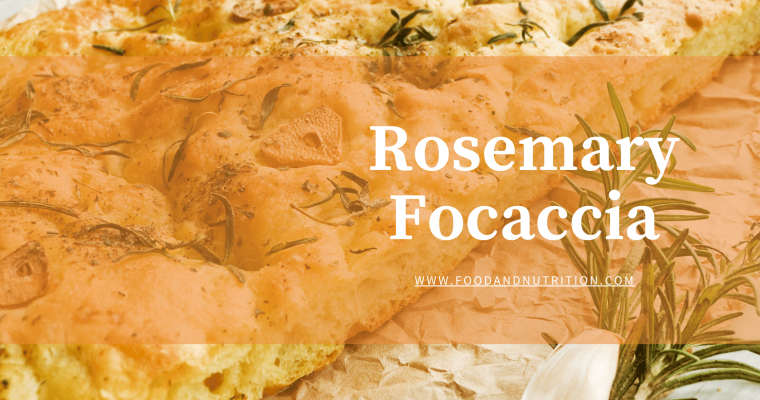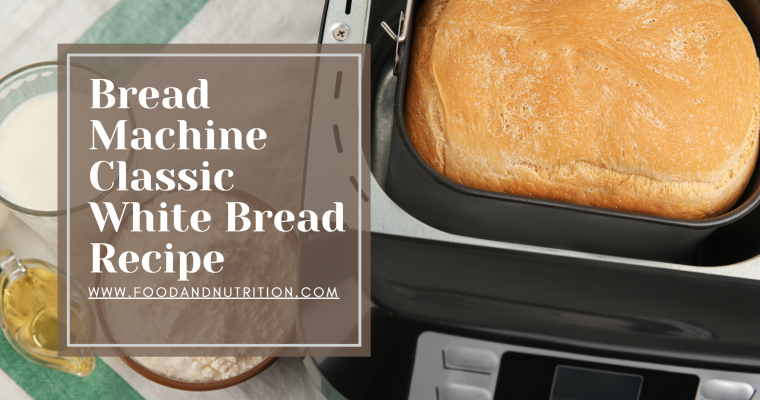Bread has an enduring legacy throughout human history. It’s a dietary staple across cultures, with a rich evolution shaped by traditions. In this blog post, we’ll delve into bread’s history, explore common baking methods, and discuss essential tools for home bakers.
The Bread’s Historical Journey Bread’s origins trace back to ancient times, paralleling the cultivation of grains like wheat. Early pioneers, like the Egyptians, mixed flour and water to create dough. After fermenting, they shaped it into loaves, baking them under the sun or in wood-fired ovens. Different cultures later devised their techniques; Romans introduced sourdough for lighter textures, medieval Europe specialized in bread-making guilds, and the Industrial Revolution ushered in technological advancements.
Diverse Bread-Making Techniques Home bakers employ various methods, each yielding distinct characteristics:
- Sourdough: This method utilizes natural yeast and bacterial cultures for fermentation, resulting in tangy, chewy bread.
- Yeast: Commercial yeast feeds on sugar, generating carbon dioxide that causes the dough to rise. The outcome? Light and airy bread.
- Quick Breads: Free from yeast, these use baking powder or soda for leavening, often resulting in sweet, quick-to-make treats.
- Artisanal: Crafted with traditional techniques and high-quality ingredients, artisanal breads are handmade and undergo extended fermentation, offering complex flavors and textures.
Essential Tools for Home Bakers To embark on your bread-making journey, you’ll need a few indispensable tools:
- Mixing Bowl: A spacious bowl is crucial for combining ingredients and kneading dough.
- Measuring Cups and Spoons: Precision in ingredient measurement is key to successful bread-making.
- Kitchen Scale: Especially handy for precise ingredient weighing, a must for sourdough enthusiasts.
- Oven: Baking bread requires a home oven.
- Bread Pans: Essential for shaping and giving bread its characteristic form.
- Dough Scraper: Ideal for cutting and shaping the dough.
- Bread Knife: A serrated bread knife is indispensable for the art of slicing bread.
Bread-making is a time-honored craft that has evolved and continues to provide a sense of accomplishment and delicious homemade bread to those who venture into it. Whether you favor tangy sourdough or quick sweet bread, the right techniques and tools make it accessible to all.
